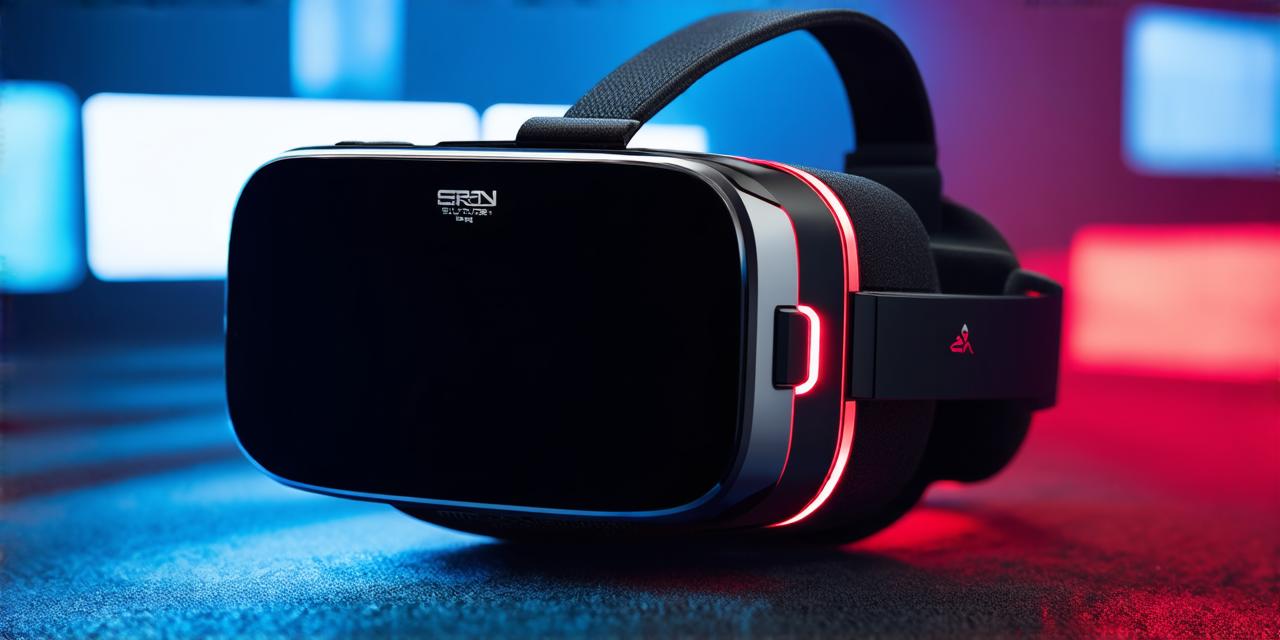
What does a virtual reality headset do?
Virtual reality (VR) headsets have become increasingly popular in recent years, and for good reason. They offer an immersive experience that can transport users to a new world, allowing them to interact with virtual objects and environments in ways that were previously impossible.
What is a Virtual Reality Headset?
A VR headset is a device that allows users to experience virtual reality by wearing it on their head. It typically consists of a head-mounted display (HMD) that projects 3D images directly into the user’s field of vision, as well as sensors and tracking systems that allow the headset to detect the user’s movements and adjust the virtual environment accordingly.
What Does a VR Headset Do?

The main function of a VR headset is to create an immersive experience for the user. When you wear a VR headset, you are transported into a virtual world that is designed to simulate real-life environments or entirely fictional ones. This can be useful in a variety of settings, from gaming and entertainment to education, training, and therapy.
One of the key advantages of a VR headset is its ability to provide a sense of presence and immersion. By wearing the headset, you are completely engrossed in the virtual environment, which can be incredibly useful for tasks that require intense focus and concentration. For example, surgeons have been known to use VR headsets to practice complex procedures in a safe, controlled environment, while pilots have used them to simulate flight in preparation for real-life missions.
Another benefit of a VR headset is its ability to provide a level of freedom and flexibility that is not possible with traditional methods of learning or training. With a VR headset, you can interact with virtual objects and environments in a way that is completely natural and intuitive, which can be especially useful for tasks that involve complex physical movements or coordination. For example, athletes have been known to use VR headsets to simulate real-life sports scenarios, allowing them to practice their skills in a controlled environment.
In addition to its educational and training applications, a VR headset can also be used for entertainment purposes. Many popular video games are now available in virtual reality, providing users with an immersive gaming experience that is unlike anything they have experienced before. VR headsets can also be used for more creative pursuits, such as painting or sculpting, allowing users to create art in a virtual environment that can be customized to their liking.
How Does a VR Headset Work?
The technology behind a VR headset is relatively complex, but the basic principle is quite simple. When you wear a VR headset, it uses sensors and tracking systems to detect your movements and adjust the virtual environment accordingly. For example, if you look up or down, the virtual environment will adjust to reflect that movement, allowing you to explore different parts of the virtual world.
In addition to sensors and tracking systems, VR headsets also use a variety of other technologies to create an immersive experience for the user. These include display technologies such as OLED or LCD, which are used to project 3D images directly into the user’s field of vision. Other technologies include haptic feedback, which allows users to feel virtual objects in the real world, and motion sickness prevention systems, which can be especially useful for users who are prone to motion sickness.


